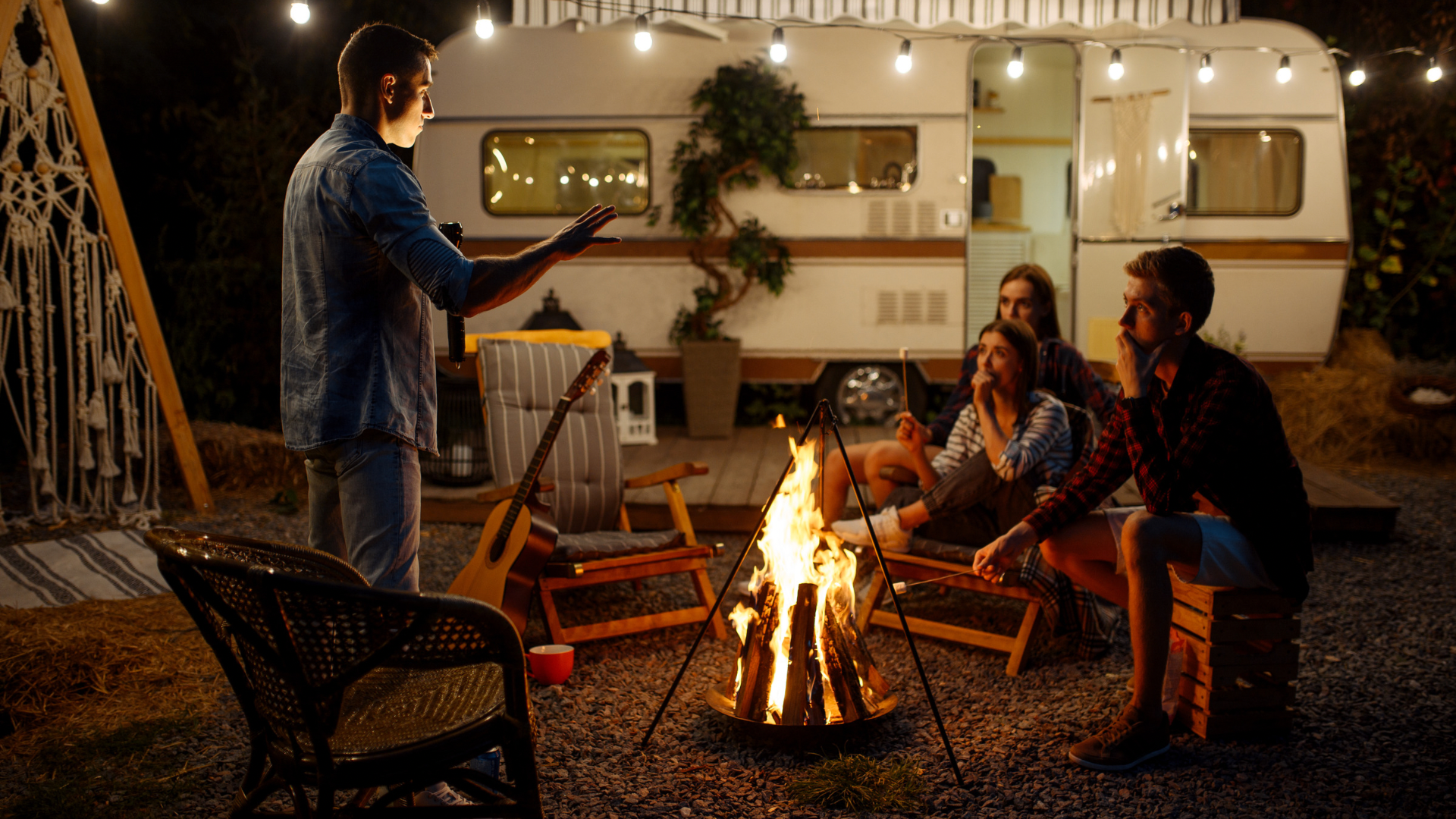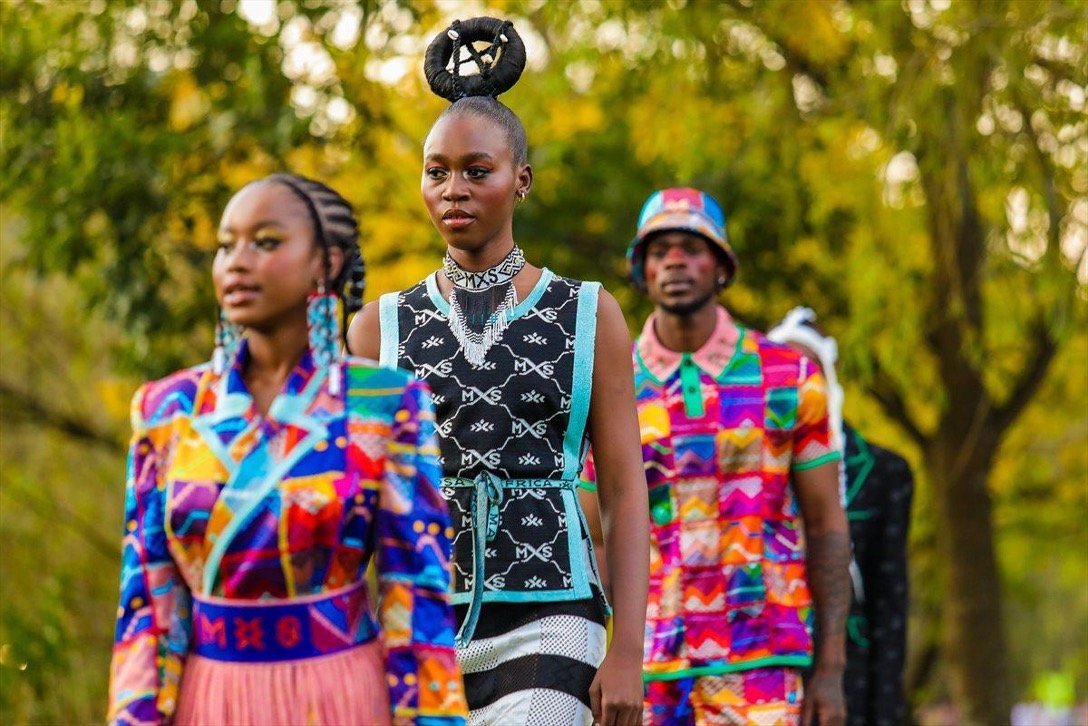Defining the character of your brand’s story
Brands are abstract, corporate things that people don’t instinctively trust or attach to. They might know your brand for the products or services, but there’s more to it when creating a strong emotional connection. A brand’s value is determined by its purpose, values, and the impact you create. Packaging all of this into a narrative people can remember is known as brand storytelling.
By François Haylett, Creative Manager, Rothko Brand Partners
By knowing what character role the brand fits into, companies can engage with their audience on a deeper level appear more relatable and authentic and instil brand loyalty, customer retention, and advocacy.
Let's look at how to build your story.
Your brand’s character or archetype
Compare your offering with how it fulfils the needs of your target market. The way you communicate this offering falls under one of many archetypes. Let’s look at them in detail.
Many brands market themselves as two or more of these archetypes, depending on the size and diversity of their market. An example of this is Red Bull, which markets itself on the offering of boosting body (sports and fitness) and mind (long hours in the office). Smaller brands would be better advised to start with one and focus their messaging on that.
The Dreamer
This character speaks with purity, simplicity, and optimism. The Innocent archetype believes in goodness and seeks happiness. Brands aligned with this archetype evoke nostalgia and a sense of wonder.
E.g. Disney, Cirque du Soleil, Etsy
The Hero
Heroes have courage, determination, and they triumph over adversity. Heroic brands inspire action, motivate change, and stand up for justice.
E.g. Non-profit organisations, Adventure Sports Brands
The Ruler
Exudes authority, control, and responsibility with confidence and high standards.
E.g. Rolex, Mercedes-Benz.
The Magician
Some brands focus on mystique and innovation. They create awe, bring revolutionary change, and offer solutions.
E.g. Apple, Tesla
The Lover
This group is passionate, sensual, and connects with desire. They are intimate and people form a sensory link with the brand.
E.g. Victoria's Secret, Lindt Chocolate.
The Jester
Known for playfulness, spontaneity, and humour. They entertain, break conventions, and add joy to life.
E.g. Nando’s, Red Bull
The Everyman
Represents relatability, simplicity, and down-to-earth qualities. Everyman brands connect with the masses through common experiences.
E.g. KFC, Shoprite, Vodacom
The Caregiver
Embodies compassion, nurturing, and support. Caregiver brands prioritise well-being, empathy, and service to others.
E.g. Nestle, Huggies Nappies, Hollard Funeral Cover
The Sage
Speaks with wisdom, knowledge, and insight. They guide, seek truth, and encourage learning.
E.g. Ted Talks, National Geographic, The Guardian
The Traveller
Curiosity, adventure, and independence is important to this archetype. Explorer brands inspire discovery, challenge boundaries, and embrace the unknown.
E.g. The North Face, Land Rover, Garmin.
The Creator
The thing that inspires this type most is creativity, imagination, and originality. These brands innovate, strive to be unique, and push boundaries.
E.g. Adobe Creative Cloud, Figma, Procreate
The Rebel
Speaks of rebellion, freedom, and nonconformity. Outlaw brands disrupt norms, challenge authority, and provoke change.
E.g. Harley-Davidson, Virgin.
Now that you’ve determined your brand’s archetype, let’s build the narrative.
Introduce the characters of the story
“Meet Our Founder, Tim.”
People want to put a face to a name. That's when we truly connect. Sharing personal anecdotes and quotes that have inspired you is a great way to share the brand team’s quirks, passions, what inspires them and why they chose this mission. The ways in which we differ is what makes us stand out. Don’t be worried that you won’t conform to people’s expectations.
In my bio, I write that I’m passionate about making the world a happier place through sustainability and beautiful design. I also like to share my personal motto, “A goal is a dream with a deadline”.
Every hero has an ‘origin story’
Share the reason you chose to do what you do. Authenticity stems from vulnerability. Social media is built for people to share intimate moments. It’s ok to get weird sometimes. Show the world that you are more than just a faceless corporate entity.
The plot twists
“Triumphs and Setbacks”
Every story has highs and lows. Share your victories with true enthusiasm, without bragging. But also reveal what you learnt along the way. Think about Game of Thrones. The thing that made it an epic success was the character developments that made us root for the characters. Vulnerability builds trust; imperfection makes you human.
Add the emotion
Cleverly work emotions into your brand story. Tell the world how your offering left an impression. Here we don’t suggest following the age-old method of TV infomercials. Rather, share the joy, relief, or nostalgia that ignites people's emotions. Share stories of overcoming adversity, acting towards social change and enabling people through your work.
Build up to the climax of the tale
Illustrate how your brand is making true change with facts and figures to back it up. Infographics are great for these. Share stories about impactful projects, and what you give back to the earth or community. Document everything with photography for social media. At the end of the day, people want to know that supporting you is giving to a bigger cause. They also want proof that you can deliver consistently on your brand promise.
The post credits teaser
“Join Our Quest”
This is your call to action. In all campaigns and writing, end by inviting readers to be part of your brand's journey. Encourage user-generated content by starting a hashtag, polls, or linking to further reading. Encourage comments and then engage with the response.
Step into the Spotlight
Revisit your brand's story across all touchpoints, and consider how you can incorporate elements of character, emotion, and authenticity. Now, equipped with insights into brand archetypes and storytelling techniques, it's time to apply this knowledge to your own brand.















